



If you find yourself wandering along the Douro River,Vila Nova de Gaia immediately wraps you in a warm,inviting embrace. It’s a place where the air carries the rich,sweet scent of aging port wine barrels,and the gentle clinking of glasses spills out from cozy cellars lining the waterfront. The city pulses with a laid-back charm,a perfect blend of old-world tradition and lively local spirit. Walking along the Ribeira,you’ll catch glimpses of fishermen mending nets,couples strolling hand in hand,and the sun casting golden hues over terracotta rooftops. What makes Gaia truly special is its deep-rooted connection to port wine. The historic lodges here aren’t just tourist stops—they’re living stories,where you can taste velvety reds and crisp whites while learning about centuries-old winemaking secrets. But beyond the wine,the city’s character shines through its friendly cafés,bustling markets,and the occasional street musician strumming soulful tunes. The cobbled streets invite you to slow down,breathe in the salty river breeze,and savor the simple joy of being somewhere that feels both timeless and alive. At night,Gaia transforms. The riverfront lights twinkle like stars reflected in the water,and the aroma of grilled sardines and fresh seafood drifts from open-air restaurants. It’s a place where you can lose track of time,sharing laughter over a hearty meal or just soaking in the peaceful rhythm of life by the water. Vila Nova de Gaia isn’t just a stop on your trip—it’s a warm,sensory experience that stays with you long after you leave.
The information on this page is currently being reviewed by Tripkliq and should be used as a guide only
Eng word: Hello
Eng pronunciation: Oh-lah
Local language: Olá
Eng word: Goodbye
Eng pronunciation: Ah-deh-oosh
Local language: Adeus
Eng word: Thank you
Eng pronunciation: Oh-bree-gah-doo
Local language: Obrigado
Eng word: How much
Eng pronunciation: Kwahn-too koos-tah
Local language: Quanto custa
Eng word: Toilet
Eng pronunciation: Bahn-yay-roo
Local language: Banheiro
Eng word: Help me
Eng pronunciation: Ah-zhoo-dee mee
Local language: Ajude-me
Eng word: Yes
Eng pronunciation: Seem
Local language: Sim
Eng word: No
Eng pronunciation: Now
Local language: Não
Eng word: Excuse me
Eng pronunciation: Kohm lee-sen-sah
Local language: Com licença
Vila Nova de Gaia, often simply called Gaia, has its origins dating back to Roman times. The name 'Gaia' is believed to have derived from the Latin word 'Cale' or 'Gale,' which means 'beautiful.'
Gaia is world-renowned for its port wine cellars. The city is home to numerous wine lodges where tourists can learn about the history of port wine and enjoy tastings.
The Monastery of Serra do Pilar, a UNESCO World Heritage site, offers stunning views of Porto and the Douro River. The monastery is known for its unique circular church and cloister.
Gaia is connected to Porto by several historic bridges, including the iconic Dom Luís I Bridge, designed by a student of Gustave Eiffel. The bridge is a popular spot for photography and offers breathtaking views.
The Cais de Gaia is a lively waterfront area filled with restaurants, bars, and shops. It is a great place to enjoy local cuisine while taking in views of the Douro River and Porto's Ribeira district.
The Gaia Biological Park is a large natural reserve that offers a variety of outdoor activities, including hiking and bird-watching. It is a perfect spot for nature lovers and families.
The Chapel of Senhor da Pedra is a picturesque chapel located on a rocky outcrop by the sea. It is a popular pilgrimage site and offers stunning ocean views.
Lavadores Beach is one of Gaia's most popular beaches, known for its beautiful sandy shores and clear waters. It is a great place for sunbathing, swimming, and enjoying the sunset.
The Gaia Cable Car offers a unique way to see the city from above. The ride provides panoramic views of the Douro River, the port wine cellars, and the historic center of Porto.
In Vila Nova de Gaia, the most common Power Adaptor is Type C, Type F.


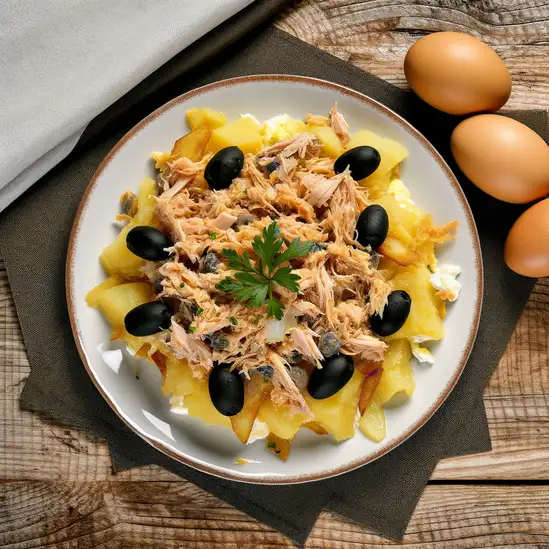
A traditional Portuguese dish made with shredded salted cod, onions, and thinly chopped fried potatoes, bound together with scrambled eggs and garnished with black olives and parsley.
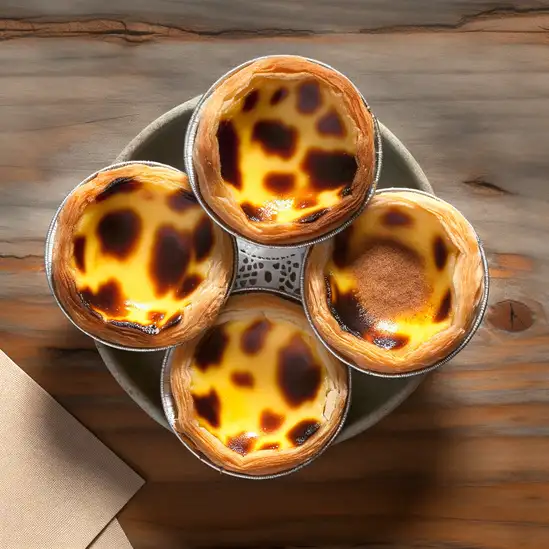
Delicious custard tarts with a flaky pastry crust, typically enjoyed as a dessert or snack, often sprinkled with cinnamon and powdered sugar.
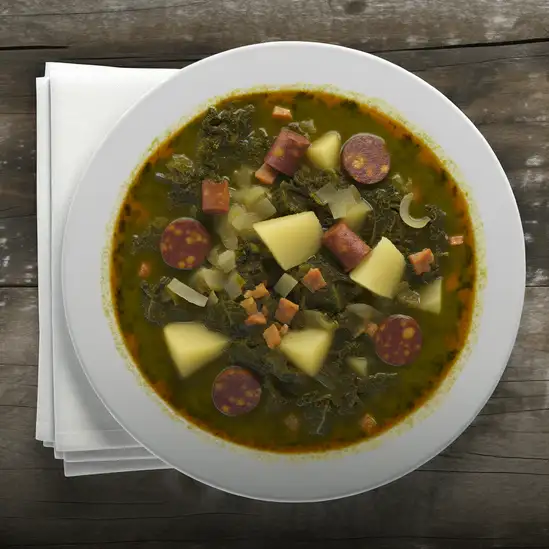
A comforting soup made with kale, potatoes, onions, and chorizo, often enjoyed as a starter or light meal.
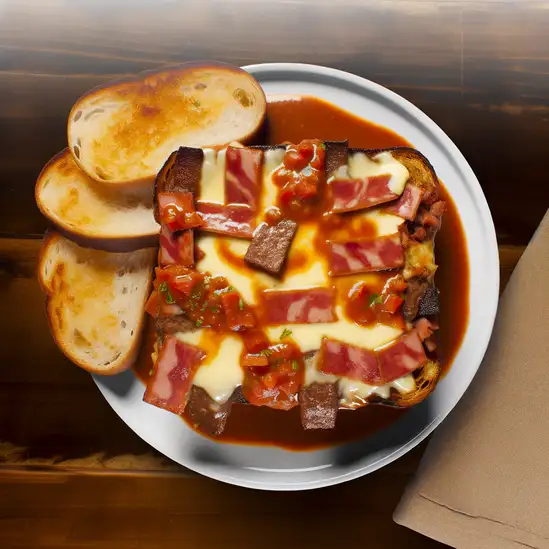
A hearty sandwich made with layers of cured meats, sausage, and steak, topped with melted cheese and a rich tomato and beer sauce, often served with fries.
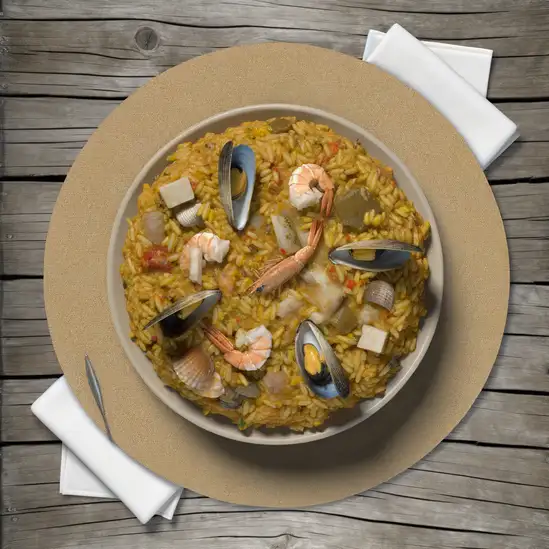
A flavorful seafood rice dish cooked with a variety of shellfish and fish, seasoned with herbs and spices, and often served in a rich broth.
Lisbon feels like a city that’s been gently kissed by the sun and the sea,where every street corner hums with life and stories. Imagine wandering through narrow,cobbled alleys lined with pastel-colored buildings,their azulejo tiles catching the light just right. The air carries a mix of salty ocean breeze and the rich aroma of freshly baked pastéis de nata—those flaky custard tarts you’ll find in every bakery. There’s a rhythm here,a kind of laid-back energy that invites you to slow down and soak it all in.
You’ll hear the soulful strains of fado music drifting from cozy taverns,a haunting soundtrack that feels like the city’s heartbeat. Locals chat animatedly over glasses of vinho verde or ginjinha,a cherry liqueur that’s as sweet as the conversations. The city’s hills offer stunning views where terracotta rooftops spill down toward the Tagus River,and the sunlight shimmers on the water like a thousand tiny mirrors.
Lisbon’s charm lies in its blend of old and new—ancient trams clatter past sleek street art,and centuries-old castles overlook buzzing markets filled with fresh seafood and vibrant produce. It’s a place where history and modern life dance together effortlessly,inviting you to explore,taste,and feel its unique pulse. Trust me,once you’ve wandered through its neighborhoods and tasted its flavors,Lisbon stays with you long after you leave.
Imagine stepping into a place where the ocean breeze carries the scent of blooming jacarandas and the distant hum of traditional Portuguese guitars fills the air—that’s Funchal for you. This city feels like a warm embrace,perched on the lush,rugged coastline of Madeira. Walking through its cobbled streets,you’ll notice vibrant markets bursting with fresh tropical fruits and the rich aroma of freshly baked bolo do caco bread. The colors here are alive:from the deep blue Atlantic stretching endlessly to the bright bougainvillea cascading down old stone walls.
Funchal’s charm lies in its blend of old-world grace and lively,modern spirit. Locals chat animatedly over glasses of Madeira wine in cozy tavernas,while street art peeks out from unexpected corners,telling stories of the island’s history and culture. The city pulses gently with a relaxed rhythm—you can feel it in the slow,deliberate pace of life and the genuine smiles of the people you meet.
Don’t miss the chance to ride the cable car up to Monte,where the views make your breath catch,or to wander through the botanical gardens,where exotic plants and butterflies create a quiet sanctuary. And when night falls,the harbor lights twinkle like stars,inviting you to savor fresh seafood paired with that sweet,fortified wine Madeira is famous for. Funchal isn’t just a destination; it’s a feeling you carry with you long after you leave.
Barcelona feels like a vibrant mosaic where every corner pulses with life and color. The moment you step onto its sun-drenched streets,you’re wrapped in a warm Mediterranean embrace—salt in the air,the distant hum of waves mingling with lively chatter from bustling cafés. The city’s energy is contagious,a blend of old-world charm and modern creativity that invites you to slow down and savor each moment.
Wandering through the narrow alleys of the Gothic Quarter,you’ll hear the soft clinking of glasses and the melodic strum of a street guitarist,while the scent of fresh-baked bread and roasting coffee drifts from cozy bakeries. Barcelona’s architecture is like a living art gallery—Gaudí’s whimsical buildings,with their undulating lines and vibrant mosaics,feel almost dreamlike against the bright blue sky. It’s a place where history and imagination dance together.
Food here is a celebration in itself. Imagine biting into a perfectly crispy,golden croqueta or savoring the rich,smoky flavors of a traditional paella,all washed down with a glass of chilled cava. The city’s markets,like La Boqueria,burst with colors and aromas—ripe tomatoes,fresh seafood,and fragrant herbs—that make you want to taste everything.
What makes Barcelona truly special is its spirit:a city that lives passionately,where locals and visitors alike gather to share stories,laughter,and the simple joy of being in a place that feels both timeless and alive. Trust me,once you’ve experienced it,you’ll carry a piece of Barcelona’s magic with you long after you leave.
If you ever find yourself dreaming of a place where the ocean breeze carries the scent of salt and blooming hydrangeas,Ponta Delgada is that kind of spot. It’s the lively heart of São Miguel Island in the Azores,and the moment you step into its cobbled streets,you feel this warm,welcoming pulse—like the city itself is breathing with you. The colorful buildings,with their intricate stonework and bright shutters,seem to tell stories of centuries past,while locals chat animatedly over coffee in cozy cafés that spill out onto sun-dappled squares.
Walking along the marina,you’ll hear the gentle slap of waves against boats and the distant call of seagulls,mingling with the laughter of children playing nearby. The air is fresh,tinged with the promise of adventure,whether you’re about to explore volcanic craters or dive into a plate of freshly caught seafood. Speaking of food,don’t miss trying the local cozido—a stew slow-cooked underground by volcanic heat,rich with flavors that feel like a warm hug on a cool day.
What really makes Ponta Delgada special is its blend of old-world charm and vibrant island life. There’s a relaxed rhythm here,where time slows just enough for you to savor a glass of local wine while watching the sun dip behind the hills. It’s a place that invites you to linger,to explore,and to fall a little in love with the simple,beautiful moments that make travel unforgettable.
If you ever find yourself wandering through the heart of Castilla-La Mancha,Sevilleja de la Jara is one of those places that quietly pulls you in with its unhurried rhythm and genuine warmth. The moment you step into its sun-dappled streets,there’s a comforting stillness,broken only by the soft chatter of locals and the occasional clink of glasses from a nearby terrace. It’s the kind of town where time seems to slow,inviting you to breathe in the scent of wild herbs carried on the breeze and the earthy aroma of freshly tilled fields surrounding the village.
The character of Sevilleja de la Jara is deeply tied to its landscape—rolling hills dotted with olive trees and cork oaks,and the distant silhouette of the Montes de Toledo. You’ll hear the gentle rustle of leaves and the melodic call of birds,a soundtrack that feels like a secret shared between nature and the village. The people here have a quiet pride in their traditions,and you can taste it in the hearty,rustic dishes served at local taverns—think slow-cooked stews bursting with local flavors and homemade bread still warm from the oven.
What makes Sevilleja de la Jara truly special is its blend of simplicity and soul. It’s not about flashy sights but about soaking in the genuine atmosphere,sharing a laugh with a friendly face,and feeling connected to a place that holds stories in every stone and smile. If you want a break from the usual tourist trails,this is where you’ll find a slice of authentic Spain that lingers long after you’ve left.
Imagine stepping into Palma,and instantly feeling the gentle Mediterranean breeze wrap around you,carrying the scent of salty sea air mixed with freshly baked ensaimadas from a nearby bakery. This city pulses with a laid-back yet vibrant energy—where ancient stone streets meet sleek modern cafes,and the golden light of the sun casts a warm glow over the terracotta rooftops. Palma isn’t just a place to see; it’s a place to soak in,with its lively plazas where locals chat over cortados and the distant hum of guitar strings drifting from a tucked-away bar.
Wandering through the old town,you’ll find yourself mesmerized by the soaring Gothic cathedral,its intricate details catching the sunlight in a way that feels almost magical. Around every corner,there’s a story—whether it’s the colorful market stalls bursting with fresh produce and spices or the quiet courtyards where bougainvillea spills over ancient walls. The city’s character is a beautiful blend of tradition and modernity,where centuries-old architecture sits comfortably alongside trendy boutiques and art galleries.
And the food—oh,the food! Tapas here are an experience,from tender sobrassada to briny olives and perfectly grilled seafood,all paired with a glass of local wine that tastes like sunshine in a bottle. Palma invites you to slow down,savor each moment,and feel like you’re part of a living,breathing canvas painted with warmth,history,and a touch of Mediterranean magic.
Scammers may install skimming devices on ATMs to steal card information when tourists withdraw cash.
Scammers may approach tourists asking for donations to fake charities, often using emotional stories to manipulate them.
Some taxi drivers may take longer routes or claim their meter is broken to overcharge tourists.
Unlicensed individuals may pose as tour guides, offering subpar or inaccurate tours for high fees.
Thieves often target tourists in crowded areas, such as markets, public transport, or near popular attractions.
Some restaurants may inflate prices for tourists or add hidden charges to the bill, such as bread or appetizers that were not requested.
Some street performers may demand payment after a performance, even if the tourist did not explicitly agree to pay.
Vendors may sell counterfeit goods or overpriced souvenirs, claiming they are authentic or handmade.
Portugal has decriminalized the possession of small amounts of drugs for personal use, including cannabis. However, this does not mean that drugs are legal. Possession of small amounts may result in a fine or mandatory treatment rather than criminal charges. Trafficking and possession of larger quantities are still criminal offenses and can result in severe penalties. Tourists should exercise caution and be aware of the legal distinctions.
In Vila Nova de Gaia, as in the rest of Portugal, smoking is prohibited in enclosed public spaces, including restaurants, bars, and public transportation. There are designated smoking areas in some establishments, but it is important to look for signs indicating where smoking is allowed. Smoking is also banned in certain outdoor areas, such as near schools, hospitals, and playgrounds.
Vaping is subject to similar regulations as smoking in Vila Nova de Gaia. It is prohibited in enclosed public spaces and certain outdoor areas. Vapers should look for designated areas where vaping is allowed and be mindful of local regulations to avoid fines.
What are other people saying about Vila Nova de Gaia?
Recent Social posts about Vila Nova de Gaia
There is nothing to show you for now.